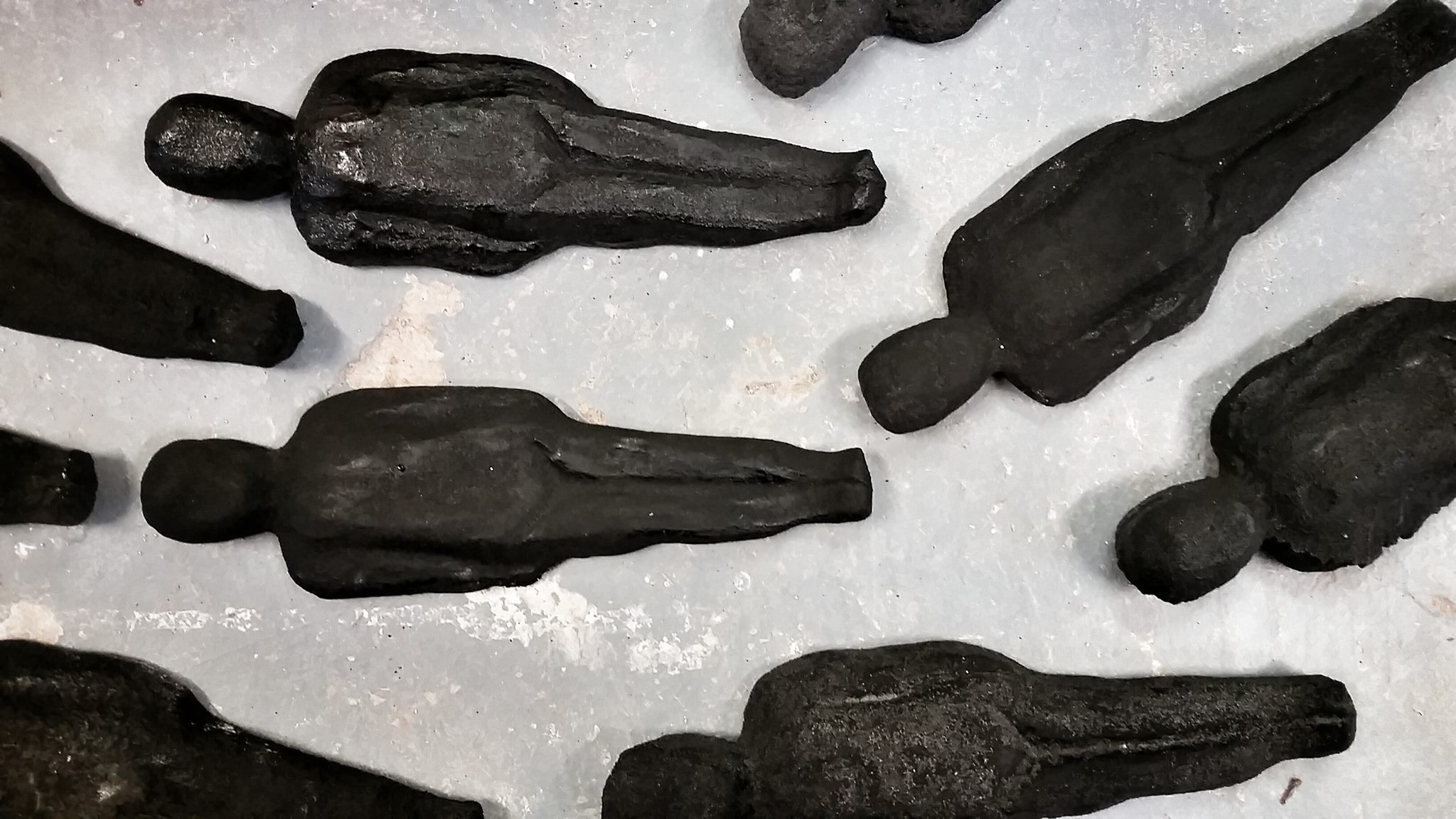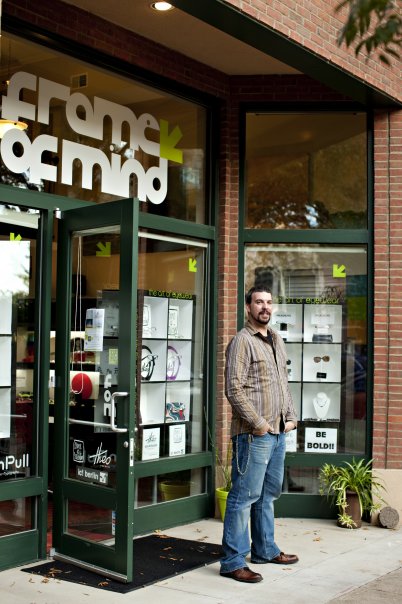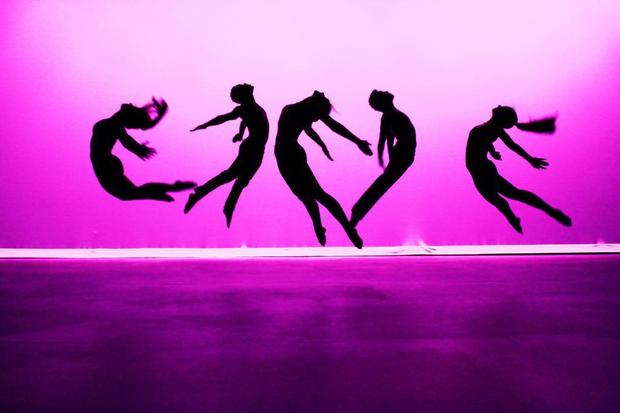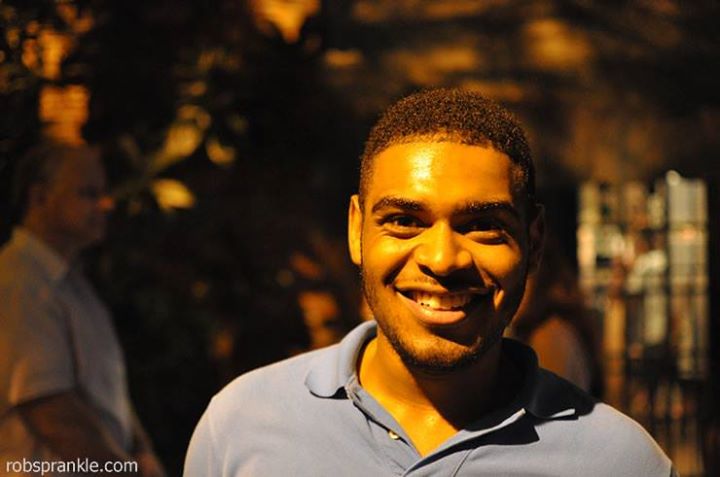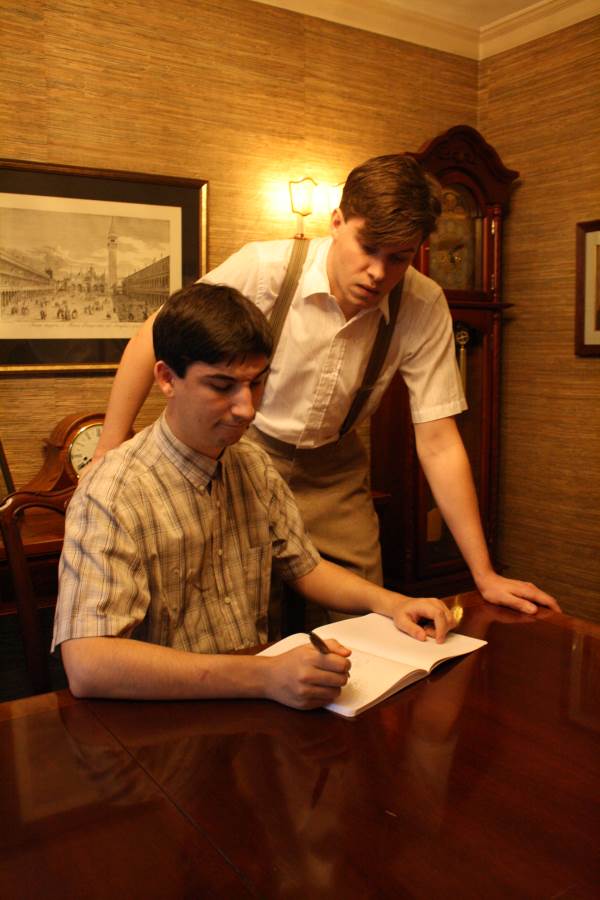
(Palmetto Opera generously offered two guest tickets to Jasper interns who would write about their first experience at the opera. Please find the young women's article below.)
The Palmetto Opera has been working to make opera a part of Midlands and South Carolina culture since 2001. Its mission is to contribute to the community’s entertainment, education, and economy and to introduce as many people to opera as it can. The Palmetto Opera also aims to promote local talent by hiring local performers and utilizing Columbia venues. Overall, it hopes to bring opera to people who’ve never experienced it before, people like Jasper intern Haley and me (Kirby).
Last Saturday, Haley and I had the pleasure of attending the Palmetto Opera’s Great Moments in Italian Opera at Harbison Theater. The show featured a full orchestra of local Columbia musicians and a troupe of world-class traveling soloists Teatro Lirico D’Europa. Directed by Giorgio Lalov, Teatro Lirico D’Europa is composed of baritone Dobromir Momekov, soprano Stanislava Ivanova, mezzo-soprano Viara Zhelezova, and tenors Fabián Robles and Simon Kyung. The company has toured extensively around the world, performing at top international stages and musical festivals. Their latest traveling concert is Great Moments in Italian Opera, a sampler of the best-loved Italian arias with an opportunity to meet the performers afterward. The show is made up of solos, duets, and ensembles from some of the most influential operas ever written.
“Have you two ever been to the opera before?”
“No ma’am,” we both replied.
So what could two non-opera-goers such as ourselves possibly think or have to say about the opera?
Kirby: Hey, this music actually sounds familiar! No, I’ve definitely heard this before. It’s funny how much opera is a part of culture that I would have heard it before and never consciously processed it.
Haley: That girl in the orchestra was in my computer science class last semester. Wow, they sound great! I had no idea how talented she is!
Kirby: Am I supposed to be understanding these words? I mean, is this English and just different-sounding because it’s opera? Or am I listening to Italian? Does it matter? Nope. I can definitely tell what this guy’s singing about. That’s a I’ve-Got-Lady-Problems face.
Haley: Ivanova has wonderful dynamic changes for a soprano. I find most sopranos to just be loud, but she exhibits beautiful control over her voice through her breath support. Even her vocal runs are at a perfect volume, and are gorgeous at that!
Kirby: It appears that in opera, the relationship between the singer and the audience is much more tangible than in other types of live performance. Several times in Momekov’s first solo, he would pause to give the audience a moment to laugh or react. It seems as though the singers sing with more gusto when the audience gives them a reason to.
Haley: Not only does Momekov have a lovely, powerful voice that he’s able to send to all corners of the room, but his stage presence is also enviable. Through his facial expressions and body language, he was able to playfully engage the audience. He drew us into the song and destroyed the language barrier that kept the audience from understanding the piece.
Kirby: Maybe opera is the simplest, most innate incarnations of human emotion. I don’t even know the plots of these stories, but if I just sit back and listen, it almost doesn’t matter. The performers cease to make music come out of their mouths. After a certain point, it’s pure, concentrated emotion. The notes turn into elongated cries, sighs, and laughs. Even without understanding the words, I can understand the feelings.
Haley: The passion behind each singer’s performance is so breath-taking. Not only does each singer command the stage during their solos, but they also create dynamic relationships between each other in duets and group numbers. As each voice compliments the other, the singers emote and relate to each other beautifully. Through their wonderful performance and the structure of the music itself, the audience is able to fall into the story of each relationship between the singers onstage.
Kirby: Honestly, I never understood the appeal of opera until Kyung’s first solo. I tried to come to this performance with an open mind, but there was still a voice in the back of my head whining and wondering how long it would take. But during Kyung’s aria, I understood all the to-do, that going to the opera is not just a fancy, high-culture activity, but something that speaks to and enriches the deepest parts of you. At its best moments, opera transcends entertainment and becomes something you don’t seek out because you want to, but because you need to. We go around with all these ideas about how to be, but when it comes down to it, all humans want is to connect to other humans. And I’m glad the opera was one way that I was able to do that.
Haley: From beginning to end, I was truly engaged in each moment of the performance. I was skeptical at how I would be able to understand the opera and its culture of it all, but it was all too easy to fall in love with. Each and every performer displayed vocal technique that I could only dream of, and acted out pieces in a way that even the most unfamiliar audience member could comprehend. This lively, energetic evening did not display the propriety and exclusivity that I would have expected from the opera, but rather an all-inclusivity that sought to bring in people from all backgrounds to help them find an appreciation for opera. That was almost more beautiful than the performance itself.
“The only way opera is going to become a real part of culture in Columbia is when folks like you come out to support it,” Kathy Newman, the Chair of the Board of Directors for the Palmetto Opera said.
Other than what Kirby has gathered from popular culture and what I’ve (Haley) learned in my musical theatre training, the two of us had no idea what to expect when we entered Harbison Theater for the performance, but even non-opera-goers such as ourselves would recognize some of these names, such as La Traviata and La Boheme.
The general population seems to have the impression that they are disconnected from the opera, when the opera is incorporated into most aspects of pop culture without our realization of it. Whether it’s in a movie, a television series, or even a video game, opera surrounds us. Its powerful themes and iconic tunes ingratiate themselves into our everyday lives, but it’s our jobs now to recognize it.
So, what does this mean for you? Go to the opera, listen to ETV radio and NPR in hopes of catching some classical music, be aware of the score when you’re watching a movie. As for Kirby and me, you may just catch us at the next event for the Palmetto Opera.
Go to palmettoopera.org for more information on their mission, opera, and future shows.
 Tuesday night, join us for part three of Jasper's Art from the Ashes project -- a reading of the works in the monograph by the writers themselves.
Tuesday night, join us for part three of Jasper's Art from the Ashes project -- a reading of the works in the monograph by the writers themselves.












